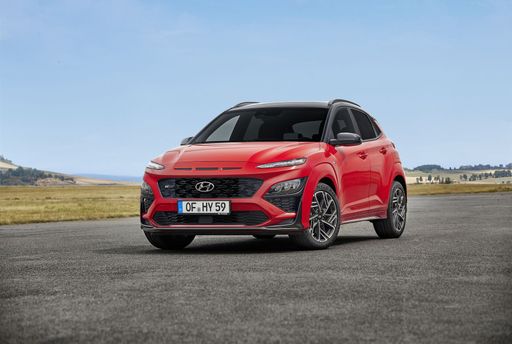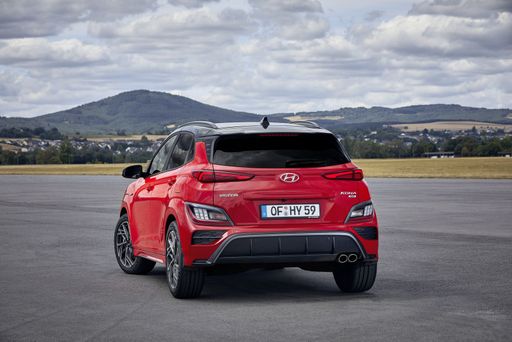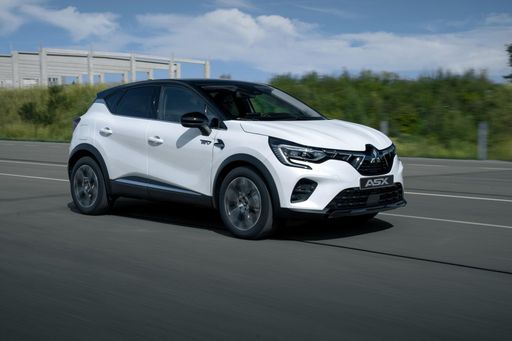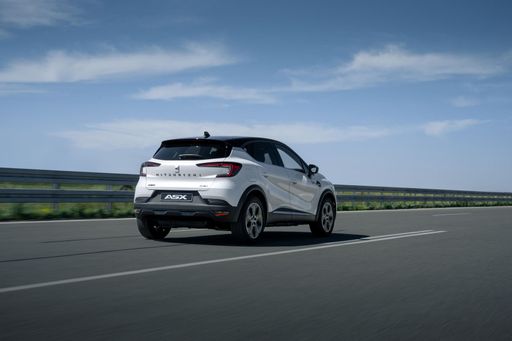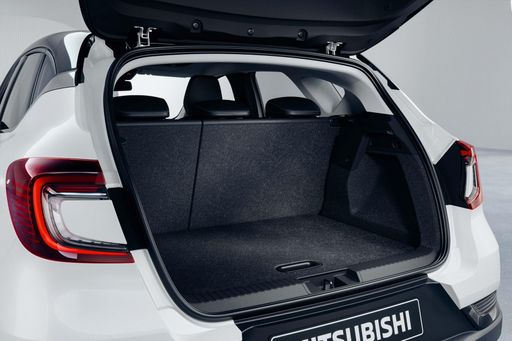Compact SUVs in Focus: Hyundai Kona vs. Mitsubishi ASX
With the compact SUV market becoming increasingly competitive, two models that have caught the attention of consumers are the Hyundai Kona and the Mitsubishi ASX. Both hailing from respected manufacturers, these vehicles offer distinct experiences along with modern features. Let's delve into a comparative analysis to see how they stack up against each other.

